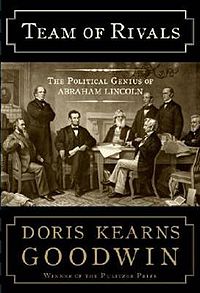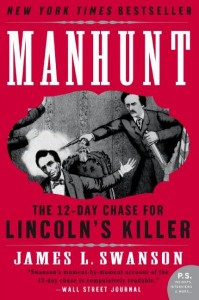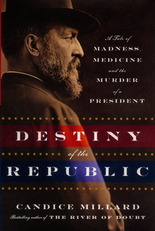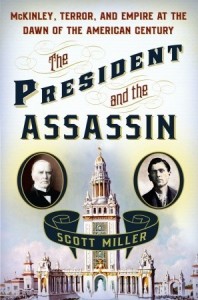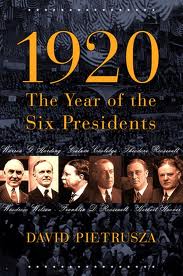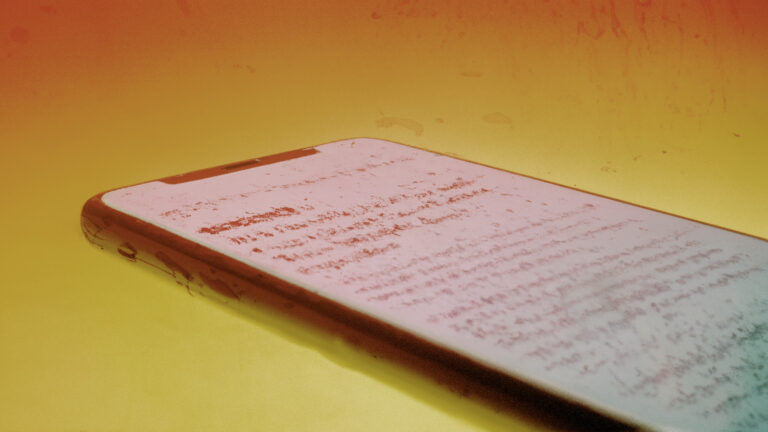I love history. I like books that make the past come alive by introducing details you’d never know from skimming the facts you can find in encyclopedias or online.
Here’s a rundown of some of the most interesting historical books I’ve read lately. Put some of them in your summer reading stack.
LINCOLN
First, there’s Lincoln, whose story is told in Team of Rivals. Be warned: this is the longest book on my list, so you might not want to begin with it. Parts of the story are more interesting than others, but what makes this book shine are the leadership lessons that flow from Lincoln’s political genius.
Then there’s Lincoln’s death, which deserves a book in its own right. Manhunt: The 12-Day Chase for Lincoln’s Killer is a riveting read. More than just a historical recounting of the events, Manhunt feels like a movie. The author varies the scenes of the narrative, so readers bounce back and forth between places of simultaneous action.
You may know the bare details of what happened at Ford’s Theater. But there are more layers to the story.
- What happened to the other men who were supposed to be attacked that night?
- What of the others involved in the plot?
- How many days did it take for the police to track down John Wilkes Booth?
- Who sheltered him? Who treated his broken leg?
- What was the final showdown like?
Manhunt gives you the details.
GARFIELD
Next, I recommend jumping forward almost twenty years to the presidency of James A. Garfield. Chances are, you probably don’t know much about him, which is why Destiny of the Republic is so informative (and fascinating!).
Garfield rose above the circumstances of his birth and family pedigree to become a scholar, hero of the Civil War, and popular congressman who was nominated for president against his will. Four months after he won the election, a deranged man stalked Garfield for weeks and then shot him in the back.
Amazingly enough, the shot didn’t kill Garfield. Instead, a group of physicians (including the doctor who treated Lincoln the night he died) botched Garfield’s treatment by dismissing new evidence recommending sterilization before surgery. A lunatic shot Garfield. But medical lunacy killed him. For more than two months, Garfield’s health deteriorated until he finally succumbed to massive infection.
In this book, we follow assassin Charles Guiteau as he stalks the president. We watch Alexander Graham Bell, who had recently invented the telephone, work feverishly day and night on his metal-detecting invention. We see the White House staff invent the first air conditioner in order to keep the president cool during his convalescence in the White House. We are privy to letters and historical documents that reveal the doctors’ medical debates regarding Garfield’s care. And we watch a still-fractured country unite around their wounded commander-in-chief.
CLEVELAND
Jump forward another decade or so, and check out The President Is a Sick Man: Wherein the Supposedly Virtuous Grover Cleveland Survives a Secret Surgery at Sea and Vilifies the Courageous Newspaperman Who Dared Expose the Truth, which chronicles the secret tumor-removing operation of Grover Cleveland.
Cleveland is an interesting historical figure because he is the only president to have been elected to two terms non-consecutively. This book focuses primarily on a few days of history, when the president disappeared to have a tumor removed from his mouth. But the author also tells the story of Cleveland’s rise, his political pursuits, the secret operation, and then the cover-up and smearing of a truth-telling journalist (a descendant of Jonathan Edwards, in fact!) who got the scoop of the decade. A fascinating story largely unknown to most Americans.
MCKINLEY
Bringing us into the 20th century, I recommend The President and the Assassin: McKinley, Terror, and Empire at the Dawn of the American Century. The title of this book may lead you to think the entire story surrounds William McKinley’s death in 1901. But there’s much more of interest here.
The story surrounds the political battles of the late 1890’s, the Spanish-American War and American expansion into the Philippines, and Teddy Roosevelt’s rise to political prominence. We dive into a period of U. S. history when anarchists were launching terrorist attacks, and labor unions were forming to counter the excesses of big business. McKinley’s death at the hands of an anarchist is fascinating in and of itself, but the other characters in this story – from William Jennings Bryan to Emma Goldman – are bigger than life.
1920
Next, I recommend 1920: The Year of the Six Presidents. I was skeptical about this book, wondering how one year could be interesting enough to merit so much attention. I was wrong. There were many gigantic political figures orbiting the 1920 election. The cover description does the best job of explaining why this moment in American history is so fascinating:
Six once-and-future presidents-Wilson, Harding, Coolidge, Hoover, and Teddy and Franklin Roosevelt-jockeyed for the White House. With voters choosing between Wilson’s League of Nations and Harding’s front-porch isolationism, the 1920 election shaped modern America. Women won the vote. Republicans outspent Democrats by 4 to 1, as voters witnessed the first extensive newsreel coverage, modern campaign advertising, and results broadcast on radio. America had become an urban nation: Automobiles, mass production, chain stores, and easy credit transformed the economy. 1920 paints a vivid portrait of America, beset by the Red Scare, jailed dissidents, Prohibition, smoke-filled rooms, bomb-throwing terrorists, and the Klan, gingerly crossing modernity’s threshold.
I should also point out that, similar to Grover Cleveland (earlier) and Franklin Roosevelt (later), Woodrow Wilson hid the true nature of his health crisis from the American public. For a large part of Wilson’s final term, he was largely incapacitated by a severe stroke. He left many of the decisions to his wife, Edith. Wilson’s inability to accept the finality of his health condition made for a chaotic 1920 election, sabotaged the chances of a Democratic victory, and led to Warren Harding, one of the worst presidents in American history.
ELEVEN PRESIDENTS
Moving into the latter half of the 20th century, I recommend The Preacher and the Presidents, which tells the story of Billy Graham’s relationship with eleven presidents (from Harry Truman to George W. Bush).
During the early years, Graham and the presidents used each other. The presidents needed him by their side for his personal support and his public persona. Graham needed the presidents to further his name and increase attendance at his crusades. At times, the book shows Graham to be prophetic, at other times, naive.
The Preacher and the Presidents is a testament to Billy Graham’s legacy – both how and how not to mix politics and religion. It is also a testament to his evangelistic courage. No president was too powerful to miss out on Graham’s presentation of the gospel.














